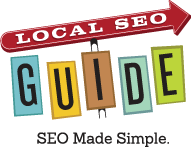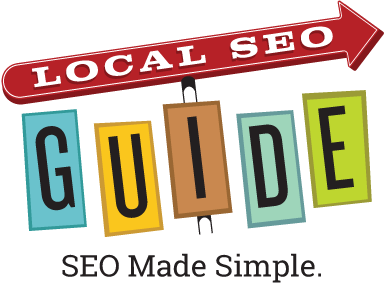It’s been a while since I did the old “Local SEO Predictions” thing, but 2016 is indeed a year of oddities. For some lengthier thoughts check out my latest column on SEL:
Can SEOs Make Local Search Great Again in 2017?
Or just check out this tweet by Max which pretty much says all that needs to be said:
First thought “what a stupid title” on SEL again… Figured that it was @localseoguide & here I am reading it… https://t.co/svwAwWO4Jd
— Max Minzer (@MaxMinzer) December 20, 2016
The post is a response to David Mihm’s transcribed barbiturate, 2017 Local Search Marketing Predictions, wherein I posited that all is not gloom and doom for those of us who toil in the SERPs. As my colleague Dan Leibson likes to say, “Voice search does work really well…for setting an egg timer.”
Today I’d like to respond to Gianluca Fiorelli’s opus on Moz, SEO and Digital Trends in 2017. Gianluca loves SEO. Regular readers of his work can actually learn something without being pulled into a squeeze page – a rare thing in SEO guru land – btw download my white paper on the subject.
As I said on the kid who didn’t get a seat at the Tech Giant Lunch Table:
This great predictions post by @gfiorelli1 is really a local seo post in disguise https://t.co/Q6qRLua47a
— ((Andrew Shotland)) (@localseoguide) December 19, 2016
These days I have a pretty short attention span and Gianluca’s post is just shy of Moby Dick length, so I thought it might be helpful to summarize the points he makes regarding Local Search. In other words, I am just going to repurpose his hard work for an easy blog post FTW:
After walking through Google’s product launch timeline, Gianluca’s first conclusion sets the Local stage:
In a mobile-only world, the relevance of local search is even higher. This seems to be the strategic reason both for an update like Possum and all the tests we see in local, and also of the acquisition of a company like Urban Engines, whose purpose is to analyze the “Internet of Moving Things.”
But then he delves into categories which seem to defy the mobile-first trend, including Travel, where he notes that 71% of TripAdvisor’s search traffic comes from desktop. So as I said in SEL, there is still a big opportunity in Local SEO.
But what about voice search?
…a trend that could become the new normal in the next future: longer verbose queries because of voice search.
In fact, if we dig into the Similarweb mobile keyword report, we can start finding these kind of queries:
- hotels on highway 41 near grand ave and rogers ct near waukegan il;
- places in clarksville arkansas that fix cracked windshields;
- restaurants open late in west side of south bend indiana;
- five star restaurants like salvatores in western new york;
- where to get breakfast near grand hotel francais paris.
The SERPs answering these queries, though, also show us one problem and one opportunity:
The problem is that these SERPs, while having a clear local intent, quite often do not present any local search pack.
The opportunity is that, despite these queries indeed being “local,” Google fails to offer relevant results able to answer them (see the “five star restaurants like salvatores in western new york” as an example).
Therefore:
Thinking of local search only as MyBusiness optimization may limit the opportunities businesses (especially local businesses) can have to earn SEO visibility and traffic.
Also, local business websites should start working to intercept the potential traffic generated by those kinds of queries. There is a real opportunity in those kind of queries, simply because (still) nobody is really thinking about them (apart fromTripAdvisor, as its result for “where to get breakfast near grand hotel francais paris” testifies).
This is what I touched on briefly in my SEL post when I talked about strategies for Non-Local Brands (aka local directory sites, media sites, etc.). The amount of local search traffic is so enormous and fragmented that it is going to take Google a while to take away all of the opportunities. So all you SEOs with any sort of domain authority should go hog wild on trying to target longtail local queries that have no local packs.
Gianluca goes on to discuss Video & VR but the more general search category that caught my Local brain is when he talked about image search and showrooming:
Let’s be honest: Images search, as it is right now, is the dinosaur of Google search. For us SEOs it hasn’t been useful in bringing traffic to our websites for many years and, for Google, it’s not profitable.
Maybe this is one of reasons why Google bought Moodstock and invests so much intellectual and machine learning efforts in image recognition.
People do showrooming… They go into a store, take photos of products with their smartphone, and then search for online offers for those same products.
Geotagging images is always in the standard list of Local SEO recommendations but it’s often a P2 at best. Gianluca’s comments have me thinking we should consider bumping that up in the prioritization this year. I know this week I have spent more than my fair share of time trying to find some gadgets via image search. It would have been great if there was some kind of “in stock” or “nearby” indicator in the results as well.
Ok, there is plenty more I could steal quote from the article, but you really should set aside a good thirty minutes to absorb the whole thing.


No Comment